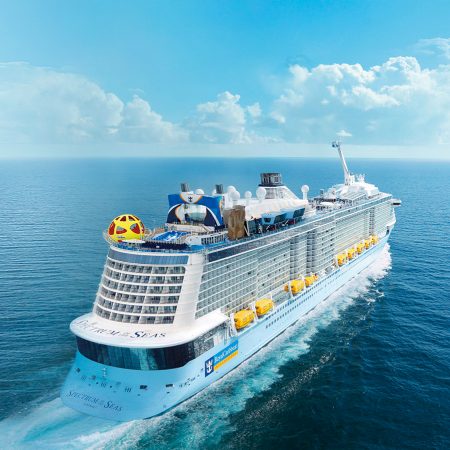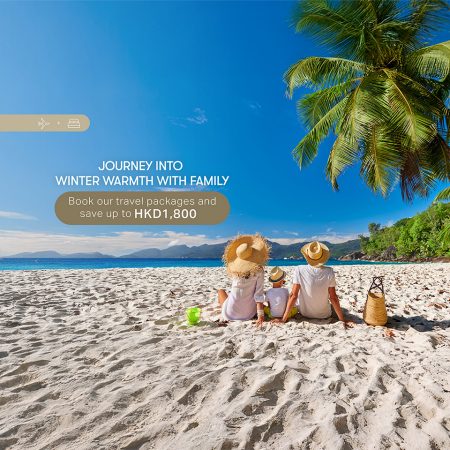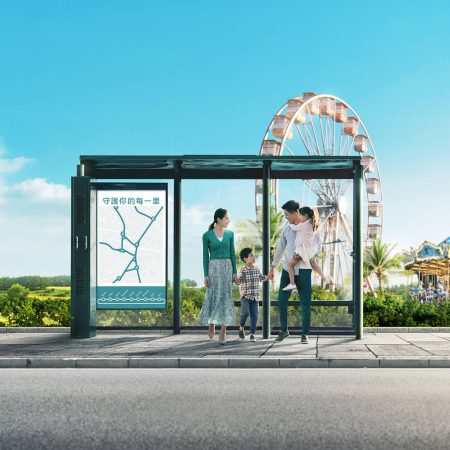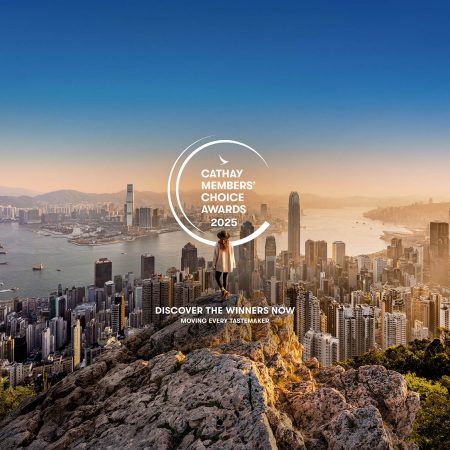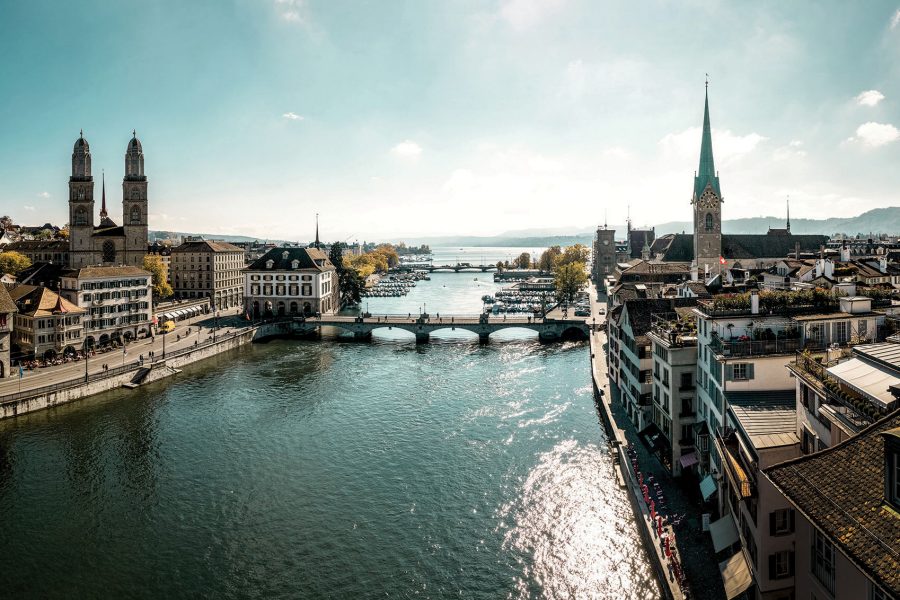There are no excuses for being late in Zurich, goes the local saying. The church of St Peter bears the largest clock face of any tower in Europe, built in the Middle Ages so everyone had access to the time, wherever in the city they stood.
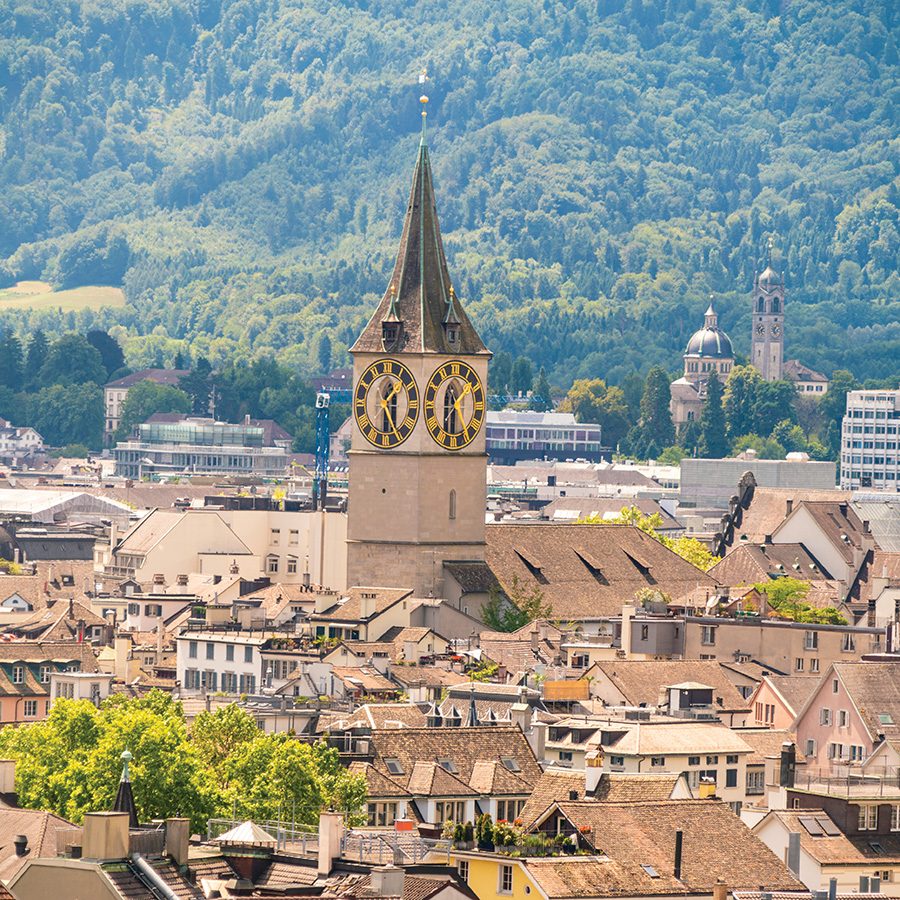
Credit: Armand Tamboly/Getty Images
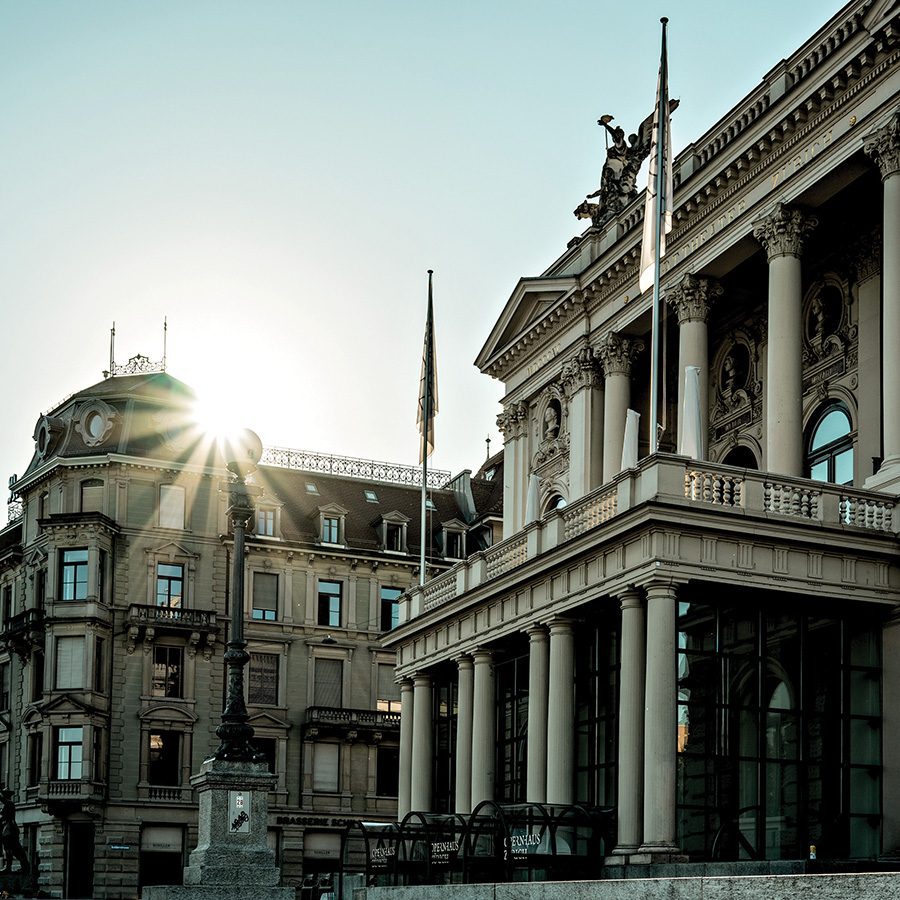
Credit: Switzerland Tourism
Taller buildings have appeared since, but the city remains a remarkably well-oiled machine, and one which still puts its people first. By now, it’s old news that Zurich vies for the top of annual liveability lists. But over the last decade, it has risen as one of Europe’s chicest hubs, producing a booming art, design and food scene that attracts the continent’s coolest with an edge and energy likened to London or Berlin.
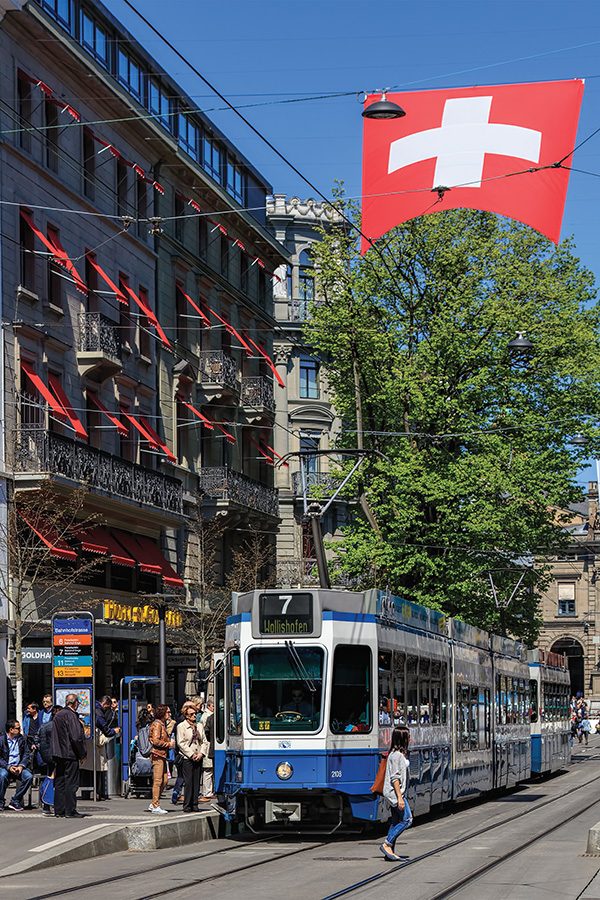
Credit: Denis Linine/Getty Images
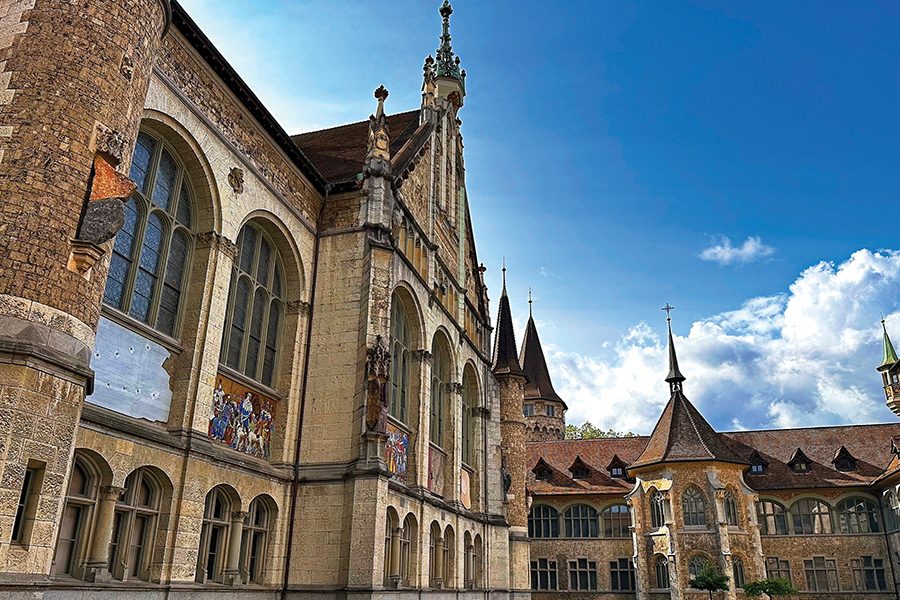
Credit: Ed Lallo/Getty Images
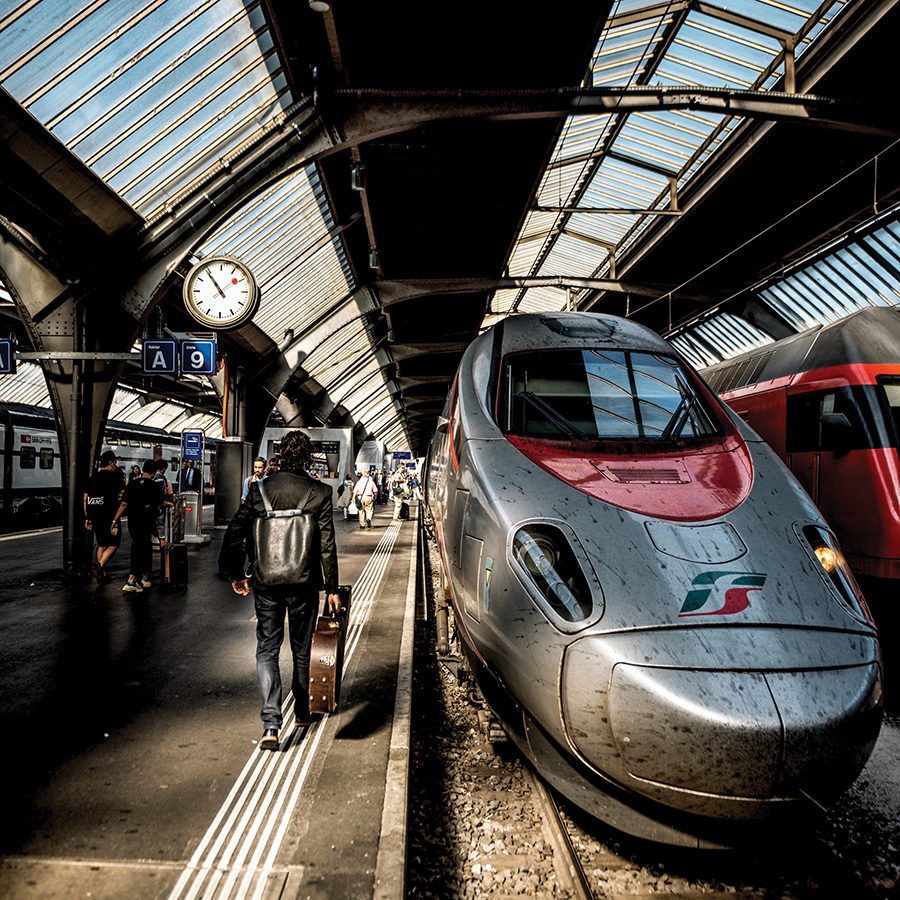
Credit: Switzerland Tourism
“Consider the puzzle of Switzerland,” writes Max Gunther in The Zurich Axioms, his 1985 guide to financial investing. “It has not one inch of seacoast. It is one of the most mineral-poor lands on earth. It possesses not a drop of oil to call its own, barely a bucket of coal... Yet the Swiss are among the most affluent people in the world.”
Switzerland is directly shaped by its four national languages – French, German, Italian and Romansch. Mixing those identities and tongues is a challenging balance, but the nation has found strength in this diversity. In times of war, it has had to garner acceptance for its internationally recognised neutrality, serving as a protecting power, acting as a mediator and accepting refugees.
Zurich’s Swiss National Museum offers a fascinating AR-enhanced window into the nation’s history, with a focus on integration and how its distinct cultures have reached their current state of relative harmony and prosperity. “What’s most important is the school system and how they integrate people from other cultures,” guide Katja tells me on a walking tour of the Altstadt, the medieval old town. She has recently relocated from her native Russia with her two children but is already starting to feel at home. “Swiss culture is always present – you can learn and take part.”
Katja leads us past several Guildhouses, former seats of industry which played an important role in Zurich’s politics, but now play an important cultural role, offering some of the best places to eat and be entertained in history-steeped settings. We stop off at Laden Schipfe, a social enterprise that helps young Swiss get work experience by running a café and delicatessen on the banks of the river Limmat.
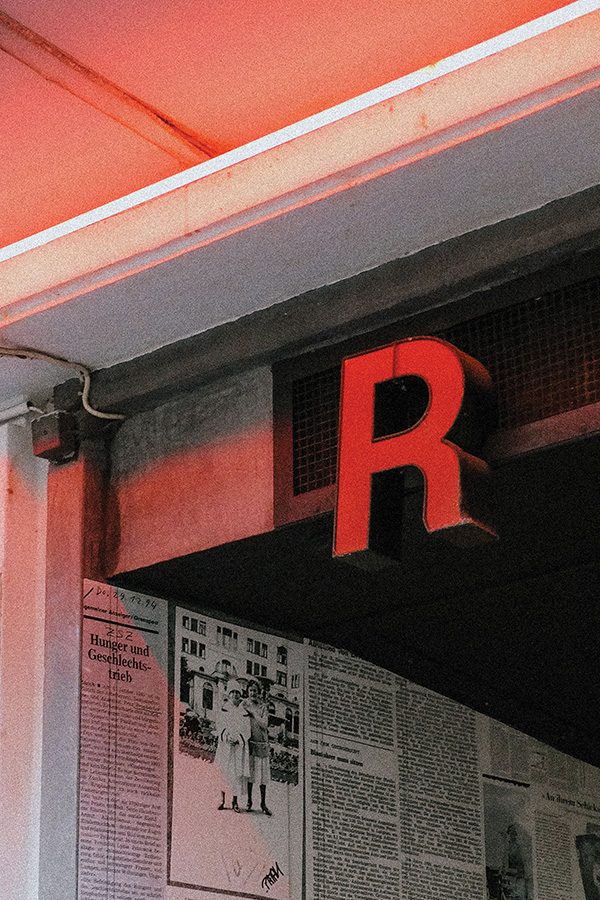

Credit: Didier Marti/Getty Images
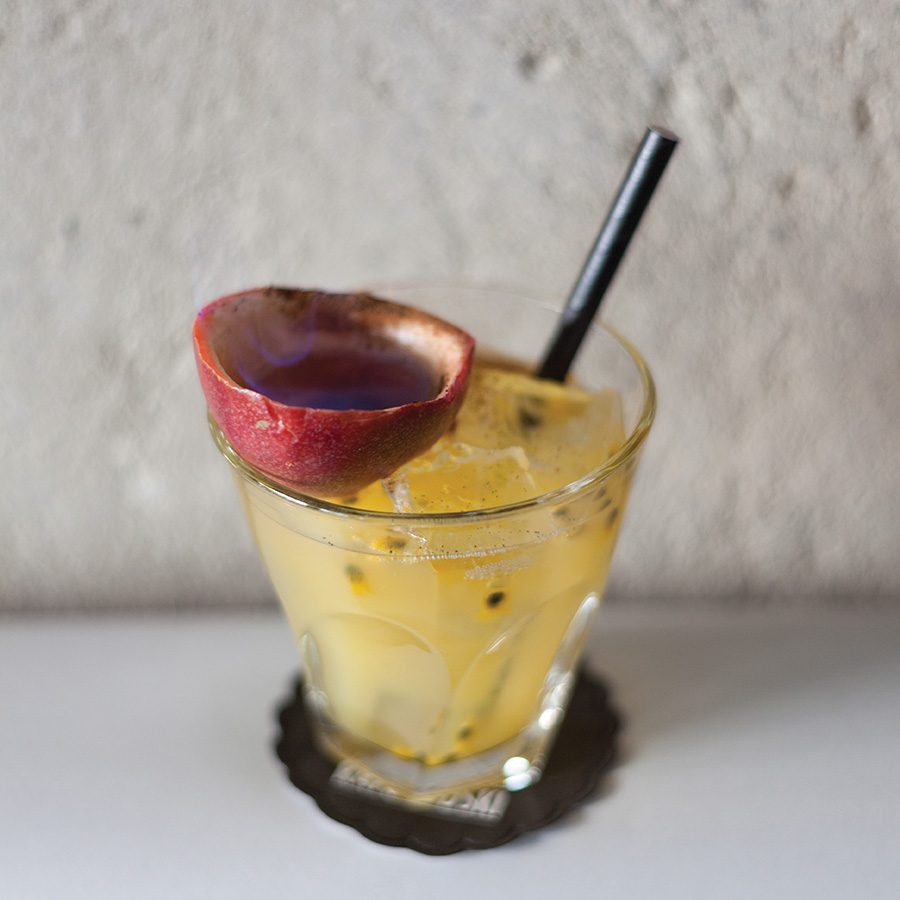
That spirit of helping those around you seems to run through the city. The Swiss mainstays of fine watchmaking, artisanal chocolatiers and private banks are hardly tenets of socialism, but Zurich politically ratified equality in the early 19th century after its near-six-century-old city wall, seen as a symbol of inequality, was torn down. Overnight, Zurich became a big city and a microcosm of Swiss governance, in which equality, cohesion and neutrality are sacrosanct.
Indeed, Zurich ranks highly among the world’s most diverse cities, with non-nationals making up a third of its population. You might trace its acceptance of strangers back to the city’s roots as a birthplace of Protestantism, which paved the way for the country’s diverse yet united modern era.
But that doesn’t mean Zurchers don’t know how to have fun. Take a tram west to trendy quarters like Sihlfeld and Wiedikon to join the city’s younger inhabitants as they pack out buzzy bars and restaurants, dance in clubs converted from industrial spaces and pick up Swiss-made clothing and homewares.
Dining throughout the city is unhurried and sociable, in eateries like the locavore Kreuterbar or the Frau Gerolds Garten in a former shipping container, which make the most of Switzerland’s excellent homegrown produce and wines. Spring and autumn are for festivals, with food, wine, film, design, aviation, music, gaming, pop culture and seemingly every other interest under the sun getting its own multi-day event.
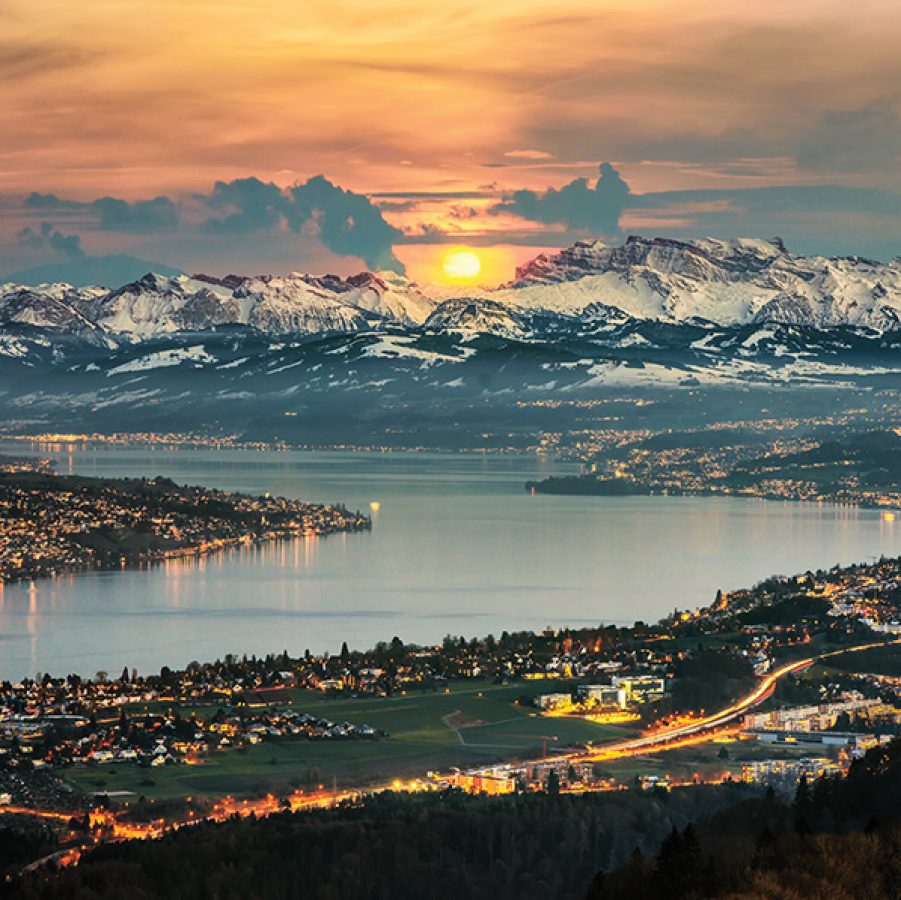
Credit: 2014STANLEYCHEN/Getty Images
Then there’s the lake. Lake Zurich is fed by the Glarus Alps and on a clear day, you’ll spy the jagged shards of ice-topped peaks some 100km to the south. The lake itself is a dark steel blue, a 40km-long banana-shaped body of water stretching southeast. Badis, or lakeside baths, dot its shores, ranging from simple shacks to change in and jetties to jump off or paddleboard from to more luxurious clubhouse-style amenities including saunas, massage rooms, cafés and cocktail bars.
On warmer lunchtimes, workers spill out of the offices for a dip and a bite to eat, then return to their desks still bearing a glow from the bracing, clean waters. There are no excuses for being late in Zurich – or, it seems, for being unhappy.
Stay here
It’s hard to beat waking up to a lakeside view from your bedroom, and La Réserve Eden au Lac Zurich is a waterfront property with a yacht club-style interior and two exceptional dining venues. Meanwhile, The Mandarin Oriental Savoy, Zurich opened late last year, creating a grand new luxury address on centrally located Paradeplatz after acquiring and renovating the near-200-year-old Savoy Baur en Ville.
Getting around
Pick up a Zurich Card (from CHF29/HK$250 per adult), a pass that unlocks the city with free public transport and free or discounted entries and experiences.
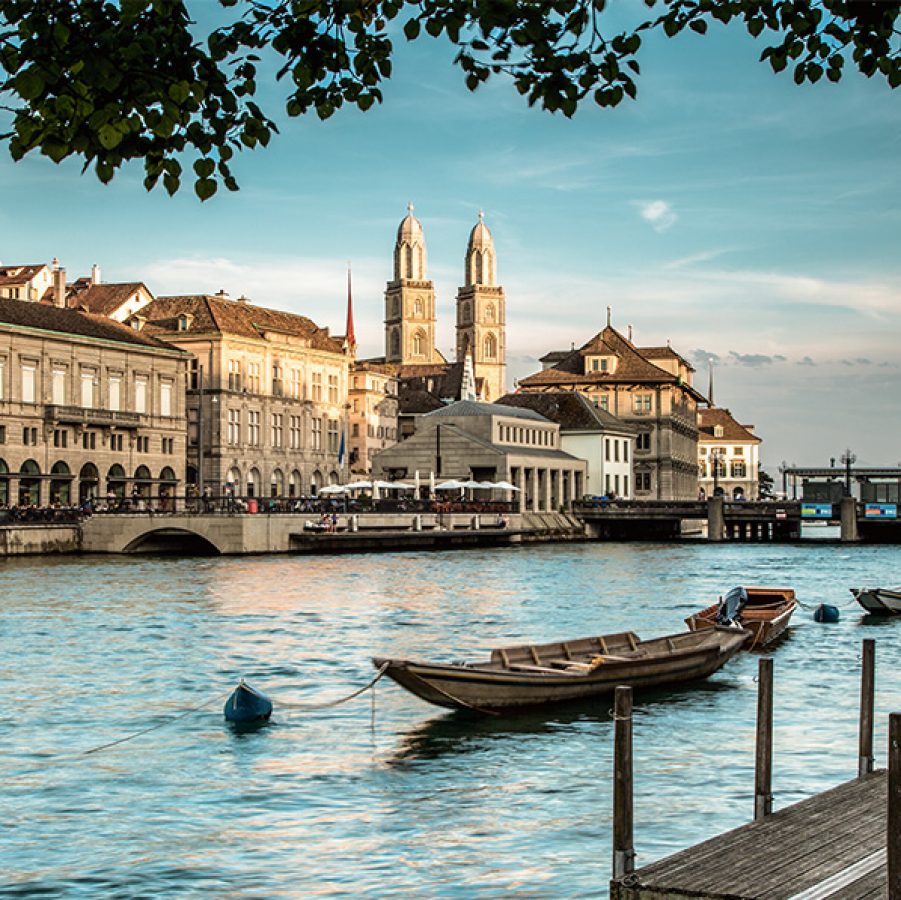
Credit: Switzerland Tourism/Jan Geerk
Unmissable Zurich
Three city attractions to tick off:
Grossmünster
Its twin towers make this Romanesque-style Protestant church Zurich’s most prominent landmark; climb the Karlsturm tower and be rewarded with breathtaking views.
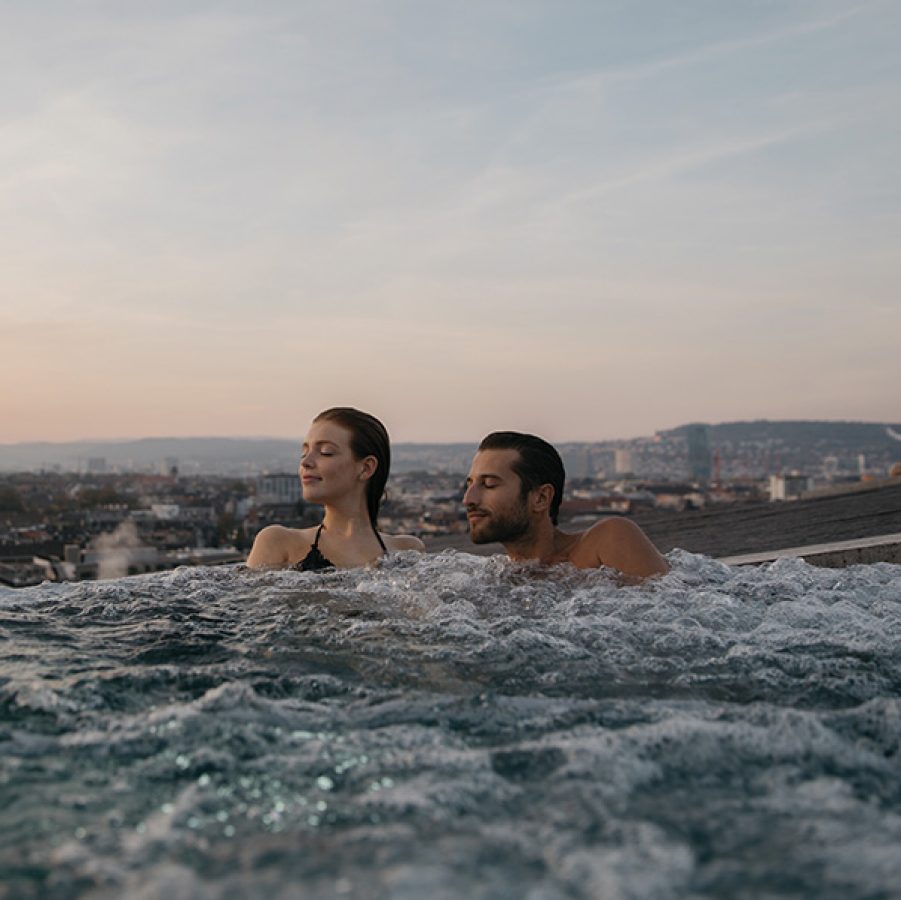
Hurlimannbad and spa
This state-of-the-art, multi-floor thermal spa features whirlpools and steam rooms inspired by the Roman-Irish cleansing rituals. The view from the rooftop infinity pool is worth the entrance price alone.

Credit: Switzerland Tourism/Colin Frei
Kunsthaus Zurich
Dating back more than 100 years but given a US$230 million geometric sandstone extension in 2020, Switzerland’s largest art museum houses one of the nation’s most important collections, from old masters to contemporary works.
More inspiration
Zurich travel information
- China – the Chinese Mainland, Hong Kong SAR, Macao SAR and Taiwan Region
- Hong Kong SAR - English
- Chinese Mainland (China) - English
- Taiwan, China - English
- 香港特別行政區 - 繁體中文
- 中国內地 - 简体中文
- 中國台灣 - 繁體中文
- Africa
- South Africa - English
- Asia
- Bangladesh - English
- Korea - English
- Singapore - English
- Cambodia - English
- 한국 - 한국어
- Sri Lanka - English
- India - English
- Malaysia - English
- Thailand - English
- Indonesia - English
- Maldives - English
- ประเทศไทย - ภาษาไทย
- Indonesia - Bahasa Indonesia
- Myanmar - English
- Vietnam - English
- Japan - English
- Nepal - English
- Việt Nam - tiếng Việt
- 日本 - 日本語
- Philippines - English
- Australasia
- Australia - English
- New Zealand - English
